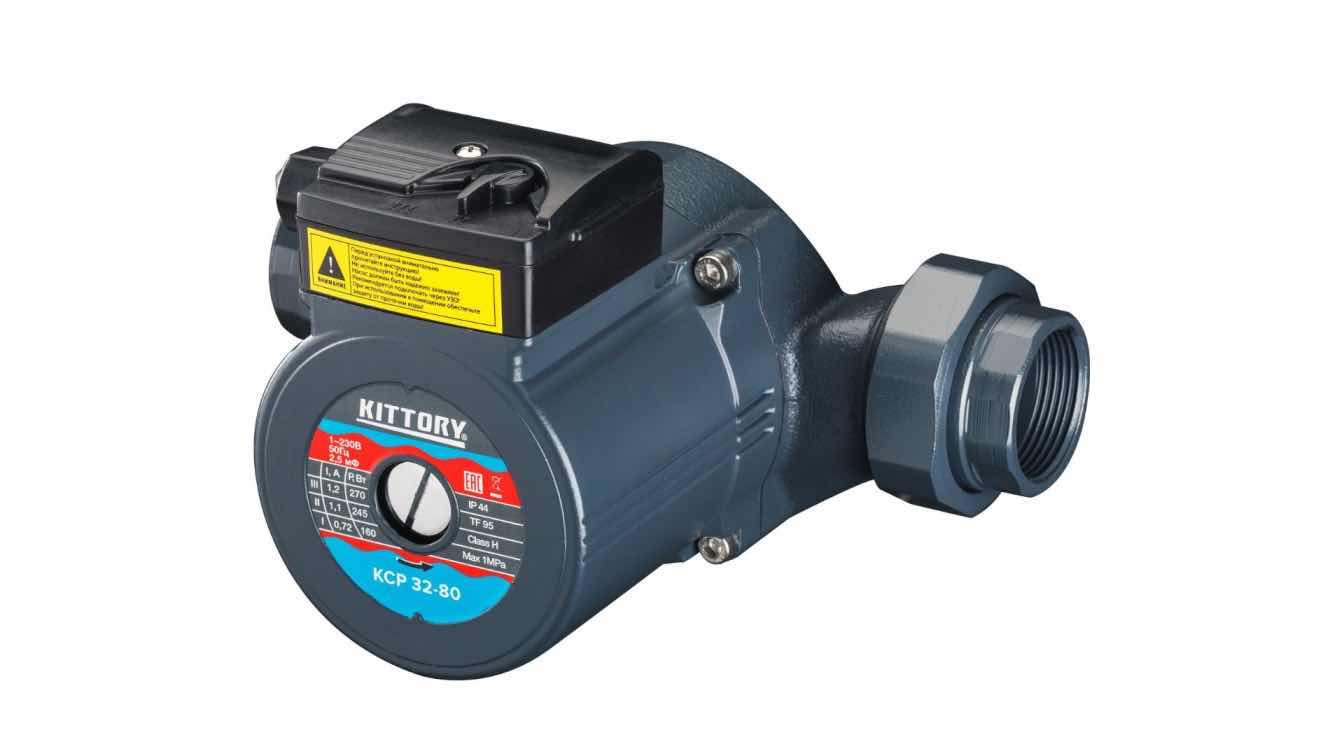Slurry pumps play a crucial role in a wide range of industrial applications, from mining and mineral processing to dredging and wastewater treatment. Designed specifically to handle abrasive, dense, and sometimes corrosive slurry mixtures, these pumps are built for durability and performance. Choosing the right slurry pump can significantly impact a system’s operational efficiency, reduce downtime, and lower maintenance costs. With so many options available on the market, identifying a reliable slurry pump requires understanding which features are most critical to its performance and longevity. In this article, we’ll explore six key features to look for when selecting a slurry pump that can stand up to the toughest working conditions.
Heavy-Duty Construction Materials
One of the most crucial features of a reliable slurry pump is the quality and type of materials used in its construction. Slurries are advanced dredging equipment and often contain solid particles that can be highly abrasive and chemically aggressive, making it important for pumps to be made from materials that resist wear and corrosion. Common options include high-chrome alloys, natural rubber, and polyurethane, each chosen based on the slurry's composition. High-chrome materials, for example, are excellent for handling coarse or sharp particles, while rubber linings are often used in cases involving finer, less abrasive slurries. The right material extends the life of the pump and ensures consistent performance under harsh conditions.
Robust Impeller Design
The impeller is the heart of any centrifugal slurry pump, responsible for imparting energy to the slurry to move it through the system. A reliable slurry pump will feature a robust and well-engineered impeller design tailored to the specific demands of slurry handling. Open, semi-open, and closed impeller designs each have their strengths, but for slurry applications, open or semi-open impellers are generally preferred as they are less prone to clogging. The impeller should be constructed from highly wear-resistant materials to withstand constant impact and erosion from solids in the slurry. The impeller's size, blade shape, and rotational speed also play a crucial role in optimizing the pump’s efficiency and longevity.
Replaceable Wear Parts
Given the abrasive nature of slurry, even the most durable pumps will experience wear over time. That’s why a reliable slurry pump should be designed with replaceable wear parts, such as liners, impellers, and casings. These modular components extend the life of the pump and make maintenance more convenient and cost-effective. Instead of replacing the entire pump when wear occurs, operators can simply swap out individual parts, minimizing downtime and maintenance costs. Quick and easy access to these parts also enhances the overall reliability of the pump by reducing the time required for repairs and servicing.
Sealing Options for Leak Prevention
Effective sealing is important in slurry pumps to prevent leakage and ensure the integrity of the pumping system. A reliable slurry pump should offer multiple sealing options to match specific application needs. The most common types include gland seals, mechanical seals, and expeller seals. Gland packing is simple and cost-effective, suitable for less demanding applications. Mechanical seals are ideal for high-pressure and high-temperature environments where leakage must be minimized. Expeller seals are often preferred for their ability to seal without direct contact, reducing wear. The ability to select the right sealing solution helps maintain consistent performance, prevent environmental contamination, and protect nearby equipment.
Efficient Hydraulic Design
Hydraulic design significantly influences the efficiency and energy consumption of a slurry pump. A reliable pump will have an optimized hydraulic profile that balances flow rate, head, and efficiency. Key components contributing to this design include the volute casing, impeller shape, and inlet geometry. Proper hydraulic design ensures smooth flow and reduced turbulence and minimizes the risk of cavitation, which can damage the pump and reduce operational lifespan. Choosing a slurry pump with a well-engineered hydraulic system ensures maximum output with minimal energy input, reducing operational costs and increasing overall system productivity.
Customization and Application Flexibility
Industries handling slurry come with a wide range of requirements, making it important for slurry pumps to be adaptable. A reliable slurry pump should offer customization options to meet specific operational needs. This could include variations in materials, impeller types, seal configurations, and pump sizes. Some manufacturers also provide vertical, horizontal, and submersible models to suit different installation environments. The flexibility to tailor the pump to the slurry's characteristics—such as particle size, density, temperature, and chemical composition—ensures better performance, increased pump life, and higher return on investment. Customizable pumps are also easier to integrate into existing systems, further enhancing their value.
Selecting a reliable slurry pump requires careful consideration of several key features that collectively ensure durability, efficiency, and cost-effectiveness. From heavy-duty construction materials and robust impeller design to flexible sealing options and efficient hydraulics, each component plays a vital role in managing the challenges of slurry transportation. By focusing on these six essential features, businesses can make informed purchasing decisions that lead to improved system performance, reduced downtime, and long-term operational success.





